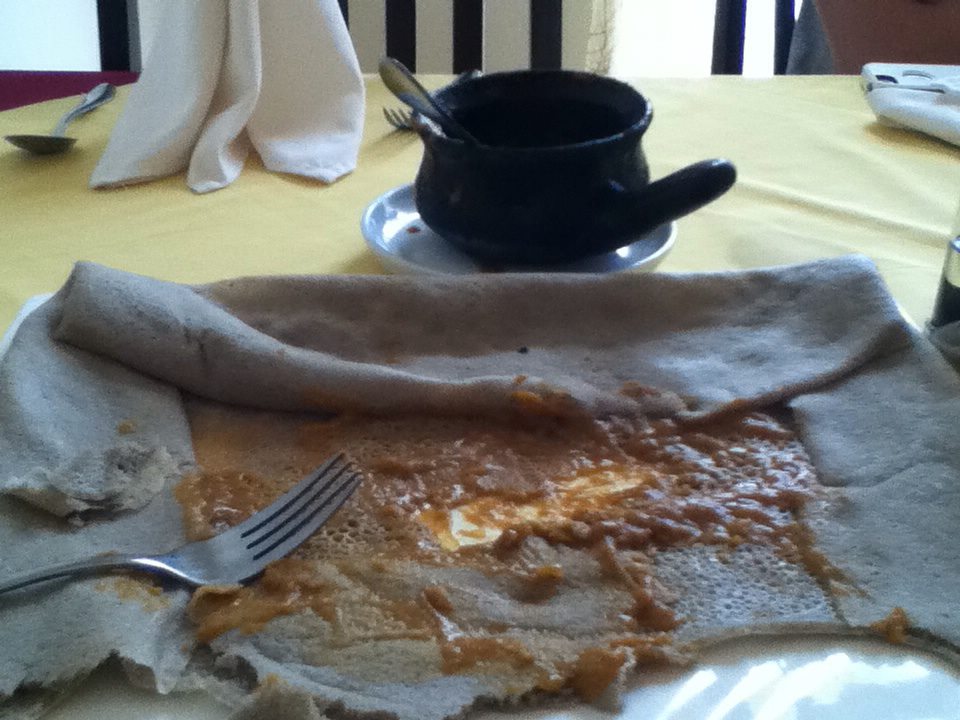By Korbin Smith
Student, Ohio State College of Medicine
School of Health and Rehabilitation Sciences
If there was a competition for the first Ohio State student to get sick during the summer research project, I came out victorious.
I have tried many different types of dishes without getting sick. However, I figured I would give their American equivalent to a cheeseburger a try, and it was a bad decision. Unlike when I feel ill in the U.S., getting ill here is more serious. The majority of our Ethiopian collaborators have reached out to me in one way or another to make sure I am OK. They are all truly compassionate and caring.
Since the rest of our research team changed cities, I am the only one left in Gondar until tomorrow. I immediately noticed people are more willing to practice their English on an individual rather than a group. My waitress for dinner tonight was practicing with me and I could tell she was very excited when I understood and responded.
I understand what it feels like to try to have a conversation in a language you aren’t familiar with. Anytime I can say “Hello” or “Thank you” in Amharic, I do so.
I have also noticed that most conversation stops briefly when I walk into a room. There aren’t a lot of 6’3” blonde, blue-eyed males walking around in athletic shorts and an Ohio State T-shirt.
All-in-all, as we continue our stay here in Gondar, I am constantly impressed with the class and generosity of the people of Ethiopia.




